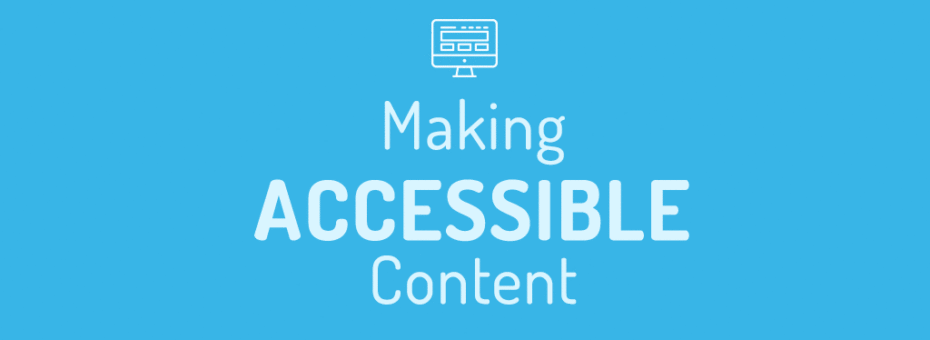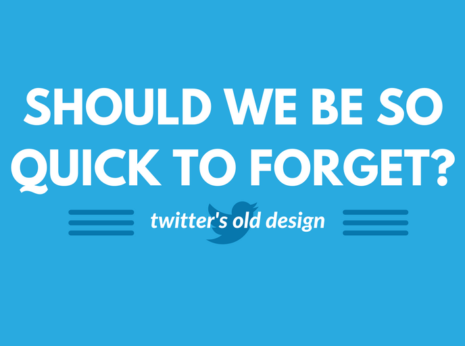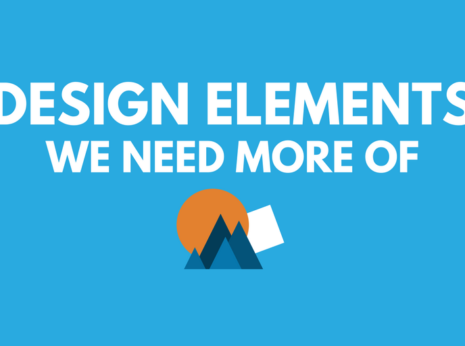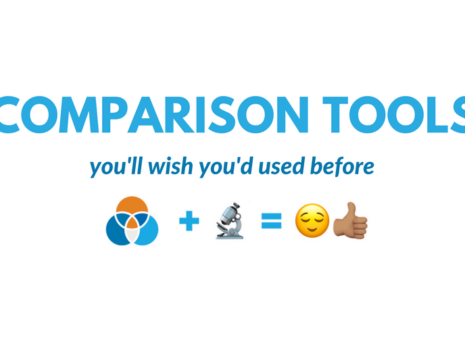Making accessible content
Good design, as much as it is about aesthetics, is also about being able to connect efficiently and creatively with the user. This means factoring in readability – which is also where accessible content comes in.
What do you mean by readable or accessible?
Readable content is content that holds attention, is easy to follow, and conveys the intended message. Accessible content can be content that is readable, as rules that hold well for readability will do the same for accessibility, but accessible content also takes into consideration specifically the needs of people with visibility issues.
How do I make my content accessible?
Headers, like the one above this paragraph, are a must. For many readers headers can cut the page into digestible pieces and keep them on the page longer while also helping them better understand your content. Headers can also give the reader an idea of what they are about to read in the following paragraph before they even set eyes on it. In addition, screen-reading tools can navigate better with headers in place.
Bold fonts can help carry the eye to different places on the page.
Other ways to make sure the reader travels where you want them to is by using brackets, arrows, and empty space to break up key points: for instance, if you want to make sure the reader follows a link, try starting a new paragraph and putting it in brackets. Make sure your links are easily discernable from the rest of your text.
Add descriptors to your links.
Don’t link a word to a site or a file that does not describe what the reader is clicking through to. Like links, make sure to describe your images. Adding alt text that describes what the image is composed of – like a light blue, furry creature smiling at the camera – helps reading tools extend the experience to those who use them.
Short paragraphs keep you concise and your reader interested.
They keep attention from scattering, whether that’s because long paragraphs seem boring to a reader or because long paragraphs can stress a reader’s eyes. When it comes to eye-strain it is also important to make sure text is large and contrasts well with the background. Adjusting line-height also makes text more readable.
Is there more I can do?
There’s always more, and this are just a few ways to start. Implementing accessibility into your site is not only an ethical practice, but it keeps your content fresh, understandable, and increases your reach. Don’t leave out people with design.
If you’re wondering about other ways to make your content accessible, follow the links below.









Leave a Reply
Want to join the discussion?Feel free to contribute!